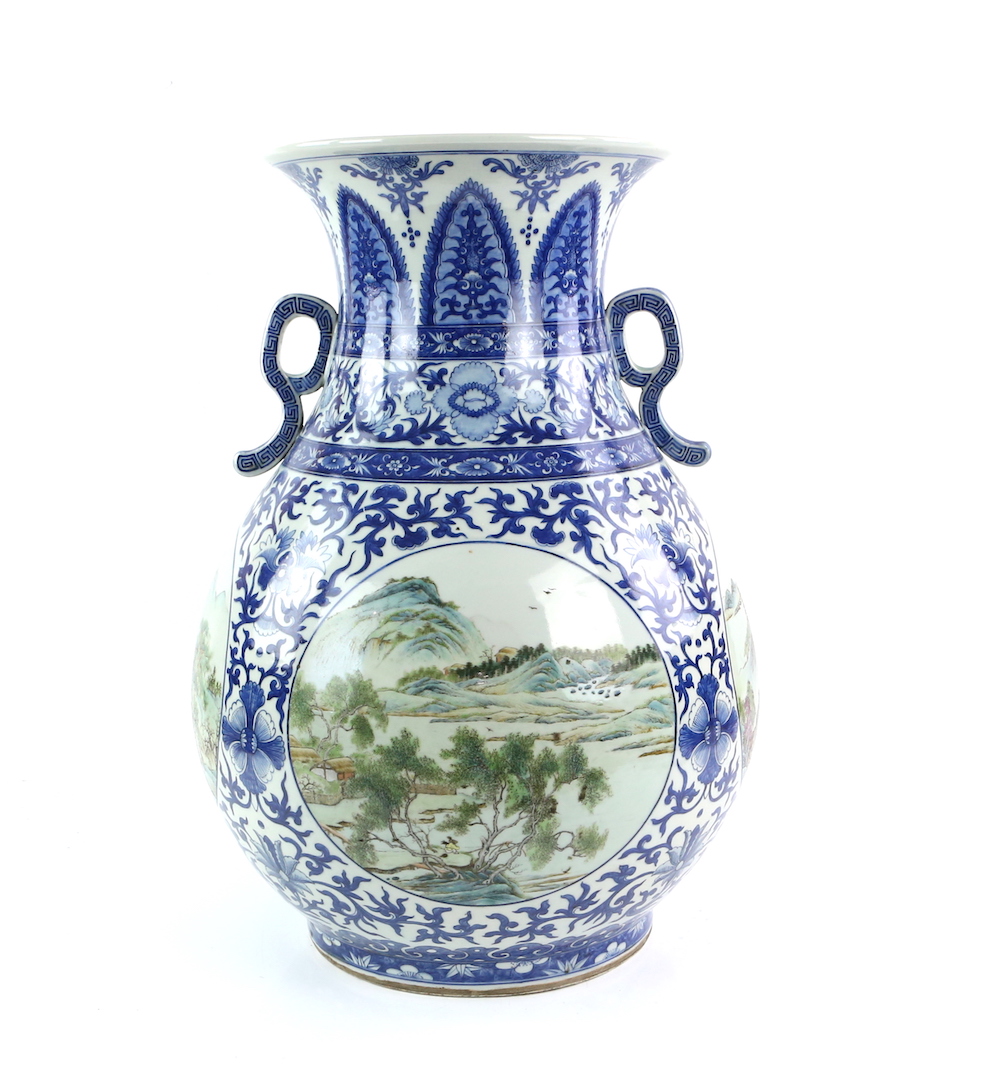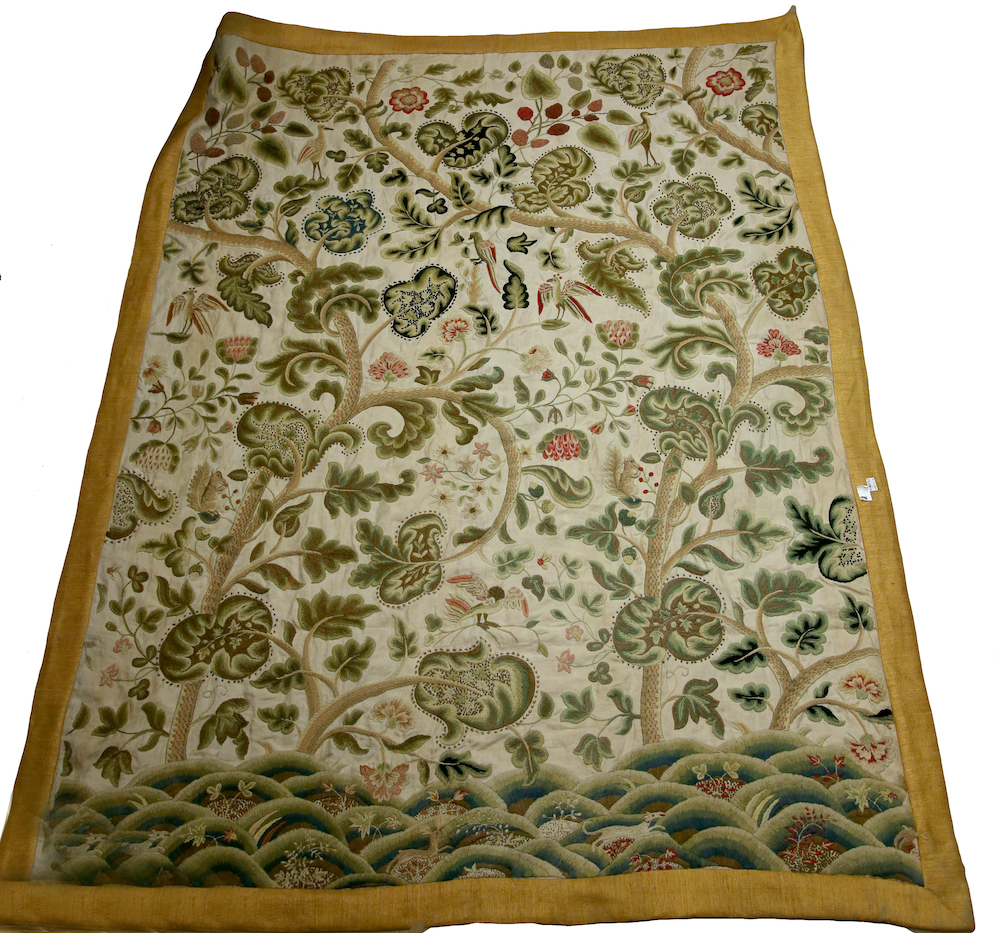Auctioneer Predicts ‘Sea Change’ for Industry
 One of the UK’s leading auction houses is predicting a ‘sea change in how the antiques and art industry conducts its business’ after holding two successful online-only sales.
One of the UK’s leading auction houses is predicting a ‘sea change in how the antiques and art industry conducts its business’ after holding two successful online-only sales.
Chris Ewbank of Ewbank’s in Surrey commented, “It’s a phenomenon,” commenting on internet bidding pushing sale rates to almost 100 per cent.
Changing Bidding Behaviour
“Bidding behaviour has leapt forward years in the wake of the pandemic, and is unaffected by a prohibition on public viewing; which is good, for future business and jobs. Sellers can now see how viewing objects via the web, rather than in person, is being seen as commonly accepted practice.”
The two online-only auctions held on April 30, an Asian Art sale and a Vintage Fashion, Textiles and Sewing auction, each saw 96 per cent of their lots selling. The vast majority of these sales came from live online bids.
The Vintage Fashion, Textiles & Sewing sale took more than double pre-sale expectations at just over a £30,000 hammer; the Asian Art sale soared to more than five times estimate at just over a £160,000 hammer.
 Top lot in the Asian Art auction was a large underglaze blue and famille rose decorated vase, decorated with circular panels depicting a variety of landscapes. Standing about 55cm high, the base carried a Qianlong six-character mark, but it was not of the period. It took £20,000 against an estimate of £500 to £1,000.
Top lot in the Asian Art auction was a large underglaze blue and famille rose decorated vase, decorated with circular panels depicting a variety of landscapes. Standing about 55cm high, the base carried a Qianlong six-character mark, but it was not of the period. It took £20,000 against an estimate of £500 to £1,000.
Ewbank, said, “Because of the current extraordinary circumstances, we had been deliberately conservative with estimates. In the end, though, we were swamped with Chinese bidders who showed this was not necessary. Close to 40 lots of Chinese works of art, which we had put in at very competitive estimates in the hundreds of pounds, went on to sell for more than £1000, with some climbing above £5,000 and even higher.”
The Vintage Fashion, Textiles & Sewing auction saw similar enthusiasm. Here the top lot was a Crewel work hanging, dating from around 1910, pitched at £200 to £300 which fetched £1,800. “Again, the top lots went well beyond expectations, with overall selling rates very high indeed – in fact, significantly higher than normal,” said Ewbank.
Nervous Consignors
With buyers banned from visiting Ewbank’s Burntcommon auction rooms themselves, and no physical viewing of lots, some sellers were understandably nervous about going ahead when it was only possible to view and bid online, by phone or by leaving commission bids before the sale.
“I had to speak personally with a number of important consignors to reassure them,” revealed Ewbank. “In one case, the consignor, who had several dozen pieces in one of the sales from a deceased estate, was vehement that the auction should not go ahead, but eventually came around. After the event, they emailed me to apologise for what had been quite an aggressive stance and to tell me how delighted they were with the result.”
With this degree of success being replicated across other auction houses, the debate over the future shape of the industry is already well advanced.
Game Changer
Ewbank added: “Talk across the industry now is just how much a game changer the pandemic has proved to attitudes and behaviour over the past month. It’s quite clear that those who might have taken another five or ten years to become comfortable with viewing and bidding live online have now taken the leap because that was effectively the only option open to them. Having been successful in their efforts, they’ll be back.”

Ewbank, who is a past chairman of the leading UK auctioneers’ trade association, the Society of Fine Art Auctioneers & Valuers, said that it is not just auction houses who have experienced this sea change.
Dealers and Fairs
“Dealers unable to stand at fairs or sell to visitors in their galleries have been seriously upping their game on social media, staging virtual exhibitions and taking advantage of new online services such as private viewing rooms. Again, the results have proved more than promising for many of them. The industry’s ability to adapt quickly shows its versatility and longevity.”
While he believes that nothing competes with the thrill and atmosphere of viewing and buying art and antiques in person, this ability to adapt quickly to dramatically changing circumstances, providing not just a viable service but an appealing prospect, demonstrates the versatility and longevity of the industry, according to Ewbank.
New Buyers
“People have been saying for years that no one wants antiques any more, but they are wrong. Tastes change, but as time goes by, a fresh generation of items become antiques and attract a fresh generation of buyers. The ability of auction houses and dealers to change with the times – and to take the buyers with them when they do – is the best sign of hope for the future.
“I remain cautious about what might lie ahead, but this is not just great for business, it’s also great news for jobs and the personal prospects of thousands of people, and we sorely need some reassurance for all of them right now.
“While I wish we had never had to go through the pandemic, it has been an object lesson in what can be achieved by the doughty and determined in the most challenging of circumstances, and I think that many of us will be looking at how we continue to develop our businesses once the crisis is over.”


